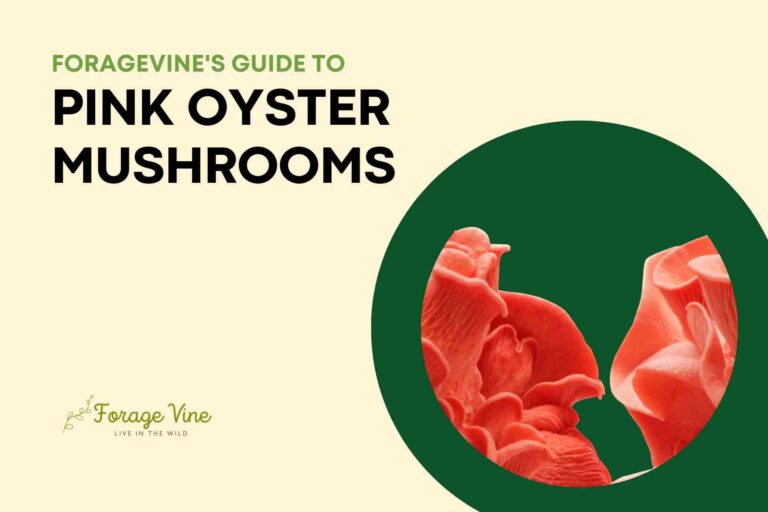Are Marigolds Edible? List of All Edible Varieties.
Marigolds are beautiful, vibrant flowers used as decorative elements and herbal remedies for centuries due to their potent medicinal properties. But did you know that marigolds can also be eaten? If you’ve ever wanted to safely sample the intense spicy flavor of these lovely blooms or add a unique touch to your meal with fresh edible petals, then this article is for you! In it, we will list all of the available edible varieties of marigolds and discuss a few easy ways they can be incorporated into meals at home. Keep reading if you’d like to learn more about adding these healthy and colorful additions to your cooking repertoire!
Marigolds are an often underappreciated staple in many flower beds and window boxes worldwide. They are bright in color, ranging from yellow to deep reds, and easy to maintain, making them a favorite for those just starting with gardening.
In addition to being aesthetically pleasing, marigolds have numerous uses in herbal medicine due to their anti-inflammatory properties, making them particularly well-suited for minor cuts and abrasions. Legend even states that ancient Aztecs used marigold petals to cure all salve. If you’re looking for a pop of color with additional benefits, look no further than the marigold.
Are Marigolds Edible?
Yes, Marigolds have been used as edible plants for centuries. Many cultures in South America, Southeast Asia, and Africa enjoy marigolds as a traditional culinary ingredient.
The petals of marigolds are most commonly the part used, though the leaves and stems can be eaten too. These petals add a unique, slightly spicy, or citrusy flavor to dishes, giving them a vibrant orange color!
While not all parts are considered safe to eat (avoid eating any green parts unless specifically instructed), these bright yellow-orange flowers truly spruce up any dish with their unmistakable taste and striking beauty. Whether you want to make something delicious or just want some artistic garnish on your plate, marigolds fit the bill perfectly.
Types of Edible Marigolds and Their Uses
With over 40 types of edible marigolds, there is no shortage of ways to incorporate this yellowed flower into your culinary creations. Marigolds are often used in batters and as a food coloring due to their intense hues.
Petals are also used to impart subtle citrusy flavors or colors to dishes such as salads, pestos, and teas. Marigold syrup can also replace honey or sugar in recipes, while the leaves and stems may be boiled and then tossed in stir-fries and omelets. Utilize one of the many different types of edible marigolds and experience the flavorful features this plant offers!
Culinary Uses for Marigolds
The marigold flower has a long history of culinary use, dating back to ancient times. Its vibrant colors and unmistakable flavor make it the perfect addition to any dish. Its petals are often cooked as a garnish, providing bursts of flavor and color to various dishes. It is also sometimes added raw for a crunchy texture and floral aromatics.
Marigolds can be used as an alternative to saffron – they have a milder taste but bring a more distinct yellow hue. The cheerful flower can infuse tea, ice cream, oils, vinegar, and cocktails. With its delightful colors and flavors, adding marigolds to your cooking repertoire will bring life and excitement to your meals.
Growing Your Edible Marigolds
Growing edible marigolds in your backyard is a fantastic experience. These tiny flowers are stunning, easy to find, and incredibly useful. Marigolds are edible and can add interesting color to many different dishes.
Marigolds thrive in most soil and sunlight, making them ideal for home gardeners. Furthermore, marigolds do not require a lot of water or effort from the gardener and will blossom reliably every year with very little care. With the range of their uses and ease of growth, edible marigolds are an excellent addition to any garden!
Health Benefits of Eating Marigolds
Marigolds are often considered beautiful decorations for any garden but also pack a nutritional punch.
Not only are marigolds low in calories – typically only 5 per flower – but they are also full of vitamins and minerals with their own health benefits. In particular, eating marigolds can increase your intake of Vitamin C, which helps support the immune system.
It is also known for its anti-inflammatory qualities, making marigolds helpful for those with joint pain or skin conditions. Moreover, the Vitamin A contained in marigolds has been linked to improved eye health and better vision. Eating just a few flowers daily may provide a tasty way to contribute to your overall well-being.
To end this post, it’s safe to say that marigolds are a wonderful addition to any culinary diet. Not only do they bring color and flavor to a meal, but they can also be beneficial to health – as evidenced by their high levels of antioxidants, vitamins A and C, carotenoids, and lutein. Marigolds come in various forms and are found in various areas worldwide.
They can be cultivated in gardens or greenhouses and offer more than just aesthetic value – they can enhance your cooking with their unique taste and offer a range of health benefits when integrated into your meals. With their plethora of uses in the kitchen and their positive effects on your well-being, why not try marigolds?


